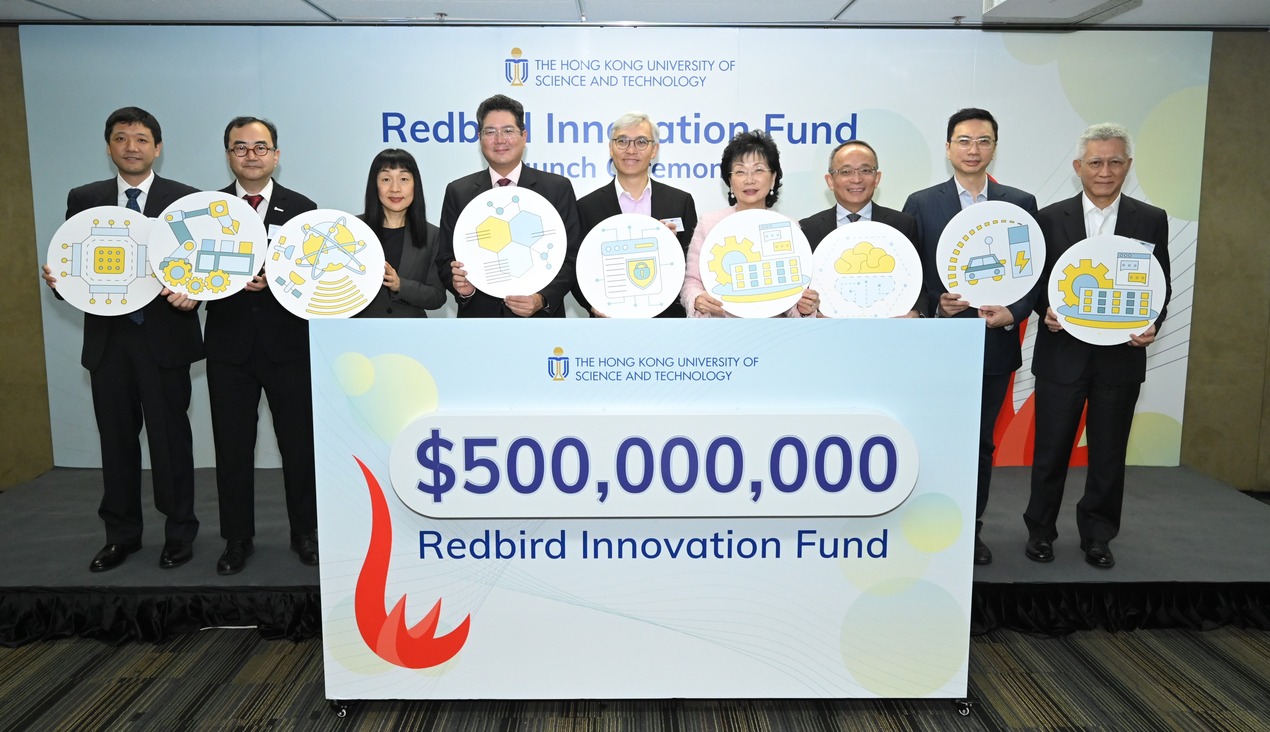
Sydney
Analytical is the newest core research
facility at the University
of Sydney. It has capabilities in spectroscopy, x-ray analysis,
chemical characterisation, and training and access for industry.
The new facility, which will be launched on
17 July 2018, can investigate the remains inside a mummy’s coffin, analyse
microplastic pollution and characterise new drugs, among others.
According to the announcement
made by the University of Sydney, one of the first objects to be analysed using
the portable instrument of Sydney Analytical is the coffin of the Egyptian
mummy Mer-Neith-it-es from the Nicholson Museum Collection. The instruments
used included the vibrational spectroscopy equipment and micro
x-ray-fluorescence (XRF).
Among the other contributions of the
facility were investigation into the origins of microplastics in Sydney Harbour
and research underpinning significant start-up companies in diverse areas like
skin repair and new batteries.
Deputy Vice-Chancellor for Research
Professor Duncan Ivison shared that they are delighted to officially launch
Sydney Analytical because of the infrastructure, tools, and technical support
that it brings to the University.
He said, "Our investment in core
research facilities supports our researchers who rely on the most modern
equipment to further their findings and stay at the top of their game."
Researchers will be given access to a
state-of-the-art facility that is equipped with cutting-edge technology thereby
providing them and the industry with some of the most advanced instrumentation
for material, chemical and biological analysis.
Aside from the aforementioned capabilities,
the facility also provides services including training courses, commercial
consulting, support for synchrotron and neutron beamlines, and more, which can
aid researchers on their projects.
Unique to Sydney Analytical is the
capability to do simple characterisation for industry through to advanced
imaging of materials, tissues and cells.
Sydney Analytical is now in the process of
purchasing micro XRF mapping equipment, The
Bruker Artax, which is possibly first of its kind in Australia. This
equipment will radically transform cultural heritage analyses.
The Bruker Artax will allow mapping of
chemical composition across large objects, including museum pieces and
artworks. Many state and national galleries, museums and other institutions
will directly benefit from having access to this kind of technology.
Having the micro XRF equipment will boost
the competency of Sydney Analytical in the analysis of cultural artefacts with
the potential to impact on fields as diverse as geoscience, archaeology,
agriculture and forensic science.
Plans are also being made to develop a
world-class robotically controlled facility for rapid early-stage drug
development, using disruptive technologies in partnership with a global
industry leader in healthcare.
This facility will add to other biomedical
capabilities for studies such as metabolomics and lipidomics for disease
diagnosis, understanding the biochemistry of diseases and physiological
processes, drug discovery and dietary effects on health.
















